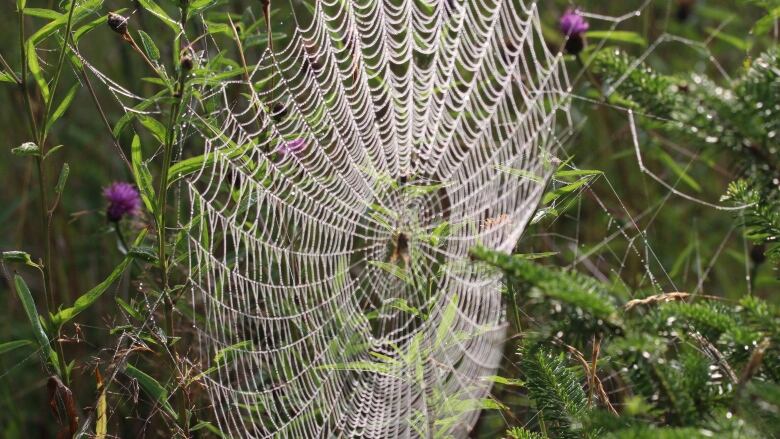Dalhousie researchers develop silk-based material that could one day treat nerve damage, paralysis
Work inspired by the unusual strength of spider silk

A group of researchers at Dalhousie University in Halifax hasdeveloped a material from the silk of spiders that could one day help regenerate nerve cells and treat paralysis.
Jan Rainey, a professor of the school's department of biochemistry and molecular biology, has been working on this research for more than a decade.
He said he became interested in spider silks because,for their size, they are stronger than anything humans can make
"It's just amazing that these natural materials are able to absorb more force than anything that humans can make before they break," Rainey told CBC Radio's Mainstreet on Tuesday.
"So we really wanted to understand what gives rise to these amazing properties and then to understand how we could tweak those materials to provide new functionality."
Last month, Rainey co-authored a research paper published in the journal Advanced Functional Materials that outlines how the silk-based material could one day direct the regrowth of a nerve that has been injured, and potentially restore movement.
"This would be hugely beneficial, obviously, for anybody who's experienced this type of injury," he said.
"It's also an enormous burden on the health-care system and on anybody who cares about these individuals, so it's just all sorts of enormous positive benefits in the spin-off."
Rainey spoke with guest host Carolyn Ray about the silk-based material and what it could mean for the future of nerve cell damage.
Listen to their full conversation below.












_(720p).jpg)


 OFFICIAL HD MUSIC VIDEO.jpg)
.jpg)



























































































